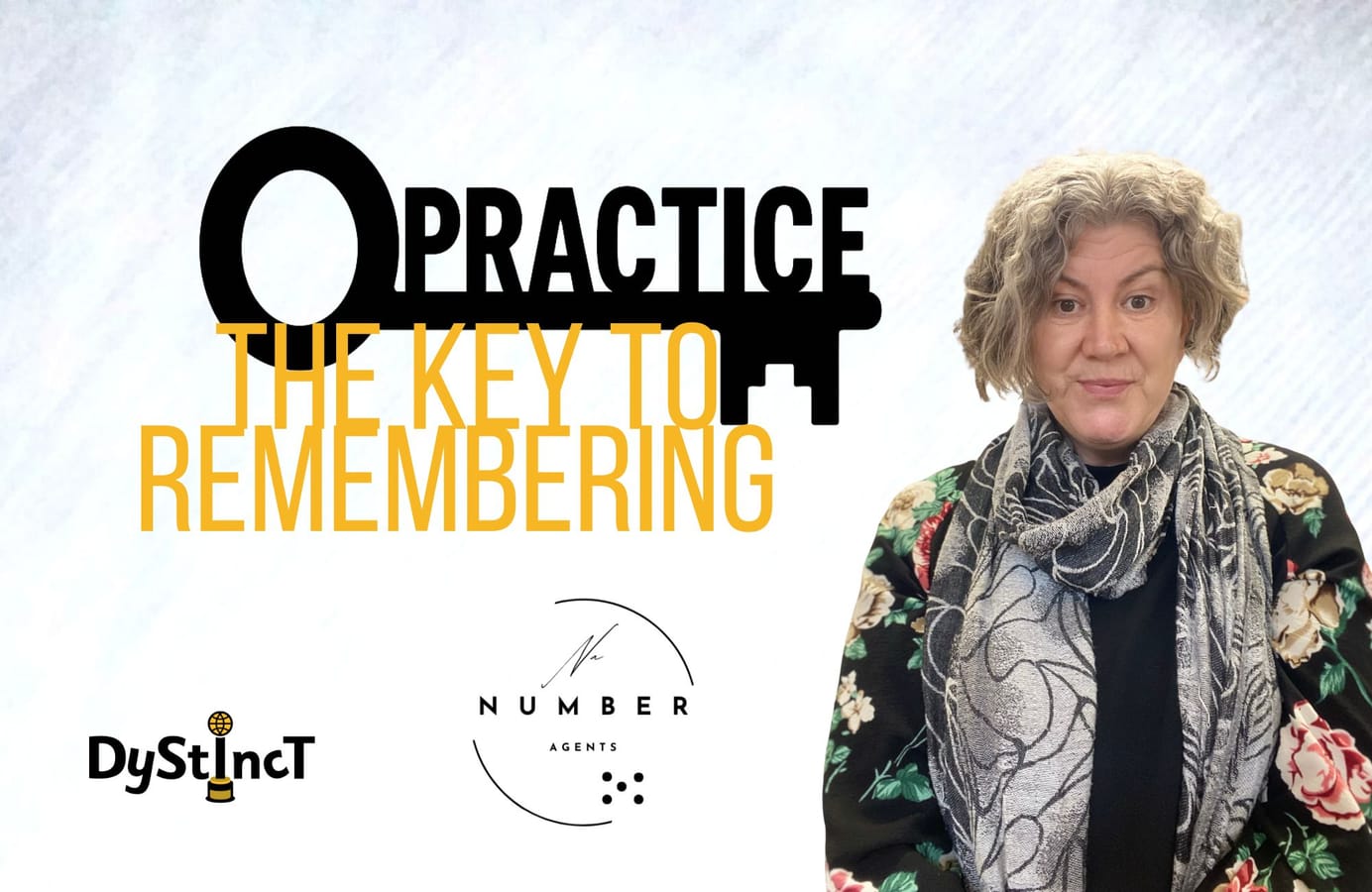
Issue 27: Practice, the Key to Remembering | Leslee Allen
Leslee Allen explains why consistent, deliberate practice is essential for helping students remember and apply what they learn, and shares practical, research-informed strategies such as spaced practice, incremental rehearsal, and writing fluency routines that support all learners.

How many times have you picked up your child after a day at school, asked them what they did that day, and promptly received the reply "Nothing" or "I can't remember"?
While, as parents, we are inclined to think they are simply avoiding the discussion, the reality is that it is very likely they have completely forgotten about it.
What is known as the 'forgetting curve', first identified by Hermann Ebbinghaus, could explain why we get the response we do. The forgetting curve model indicates that within an hour of new learning, people have forgotten approximately 50% of what was covered; within 24 hours, this percentage can increase to around 70%. By the end of the week, people tend to recall only about 25% of the intended learning.
Our brain is wired to forget, and the reality is that we must frequently and deliberately recall things to remember them. There is no such thing as 'one and done' when it comes to learning.
There is obviously a range of mitigating factors that impact forgetting, factors such as prior knowledge of the new concept being taught, the difficulty of what is being taught, how much cognitive stress it is placing on the learner, how I feel about what is being taught, and how much I can relate to what is being taught.
There is no such thing as 'one and done' when it comes to learning.
The fact is, we are not just taught something and then proceed to master it spontaneously. If we are taught something and not reminded of it until the next week, it is more than likely that this new knowledge will be completely forgotten.
What is even more difficult for learners who may have 'forgotten' or simply not mastered a concept is encapsulated by cognitive load theory, a theory that emerged in the late 1980s from the work of John Sweller and his colleagues. This theory suggests that our working memory is easily overloaded; it can only process a limited amount of information at any given time. Therefore, any instructional methods should avoid the overloading of the working memory. In essence, the more knowledge we have managed to transfer to long-term memory, the better. This is incredibly difficult if we are forgetting a large amount of what is being taught.
If we are taught something and not reminded of it until the next week, it is more than likely that this new knowledge will be completely forgotten.
Learning is a change in long-term memory, and therefore, it should be our goal. The key is building rich schemas of knowledge that can be called upon easily by retrieving them from long-term memory.
In the meaningful learning theory, a theory that relates to the building of knowledge schemas, Ausubel, the theorist behind this theory, states that the best predictor of what students will learn in each lesson is what they already know. This is even more problematic for learners who find mastering new concepts difficult. How do we help new learning stick over time to combat this and prevent children from simply falling further behind? These students also require numerous repetitions of concepts to embed this knowledge in long-term memory, which brings us to the importance of practice.
Knowledge has a snowball effect; the more we know, the more we learn.
The good news is that we can ensure we learn and remember over time. The best news of all is that the more we can ensure learning is stored in our long-term memory, with automatic retrieval, the less cognitively demanding new learning will be. Knowledge has a snowball effect; the more we know, the more we learn.
So, how can we combat the dreaded "I don't know" and help establish knowledge in the long-term memory?
Firstly, let's talk timing. If we learn a new concept one day, then ideally, we need to return to that concept the next day. For a learner who struggles, it may be necessary to return to that concept or piece of knowledge two or three times in the same day. For example, if we are learning a new fact or letter sound, returning to this more frequently throughout the day will combat forgetting far more effectively than returning to it the next day. Once a new concept or piece of knowledge is introduced, it should be revisited the next day and then the next. Revisions might then be spaced out over a few days, missing a day, then revisiting, missing two days, then revisiting. Our goal is to embed this new learning in long-term memory. We call this spaced practice—basically spacing out learning until it is embedded.
This post is for paying subscribers only
SubscribeAlready have an account? Log in


